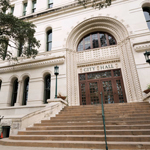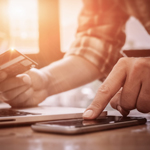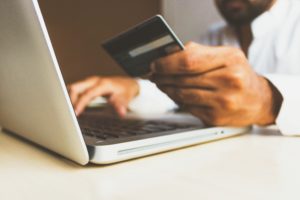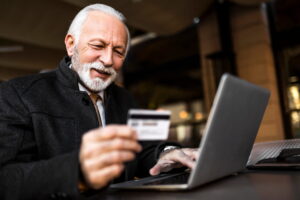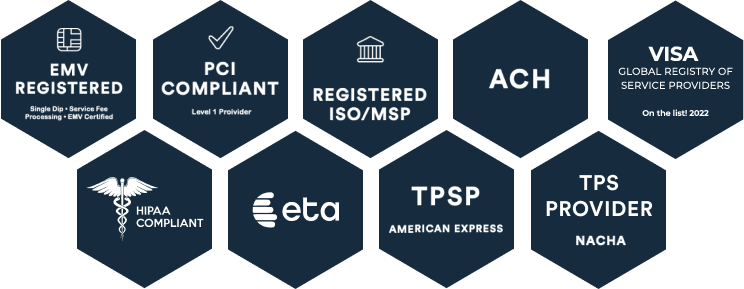Don’t forget to download the free guides, checklists, and assessments created as part of our government payment experience series:
- Pay Their Way—A Constituent Billing and Payment Experience Checklist
- How to Improve Adoption of Your New Digital Payment Option
- The Ultimate Constituent Payment Experience Questionnaire
- Physical-to-Digital Payment Experience Transition Checklist
- How to Reduce the Risk of Non or Default Payments for Government Customers
As we wrap our series on adding ease, convenience, and speed to government payments, creating a future-ready and customer-first payment experience, it’s clear that payment trends and constituent expectations are going digital, getting broader, and focused on experience.
For digital expectations, more than 80% of consumers say they would prefer to make payments on their mobile device or another online platform. Nearly 50% of consumers report that they want at least more than one payment option. And contactless payment options are growing in popularity—more than 60% of consumers say they prefer the touchless payment method.
Constituents are ready for a modern payment experience.
If you’re just catching up on the series, be sure to check out each article:
- 3 Ways to Add Convenience to Your Constituent Billing Process
- How to Increase Credit Card Payments for Government
- How Local Governments Can Improve Payment Efficiency for Constituents
- The Case for Digital Payments: Why Government Should Go Digital
- 4 Steps to Build a Customer-focused Payment Experience: A Government Guide
In summary of our government payment article series, let’s review the four areas that local governments should focus on as they build a future-ready, customer-first payment experience:
1. Offer options that your constituents are ready to use
It’s time for local governments to offer payment options that constituents are familiar with based on their other day-to-day activities. Payments should be accepted in person, via mail, online on your website, through text, and even through web chat if you have the capability. Accepting all major credit cards and major payment platforms is critical to create a familiar, convenient payment experience for government payments.
2. Make the checkout experience easy and convenient online
Because digital payments are the most popular and expected payment option, it’s important that your website reflect an easy and convenient payment experience. Don’t link out to a third-party site or restrict the option to pay online. Allow your constituents to log in, make payments, save card information for faster payments in the future, and access your payment page from both mobile and desktop computers.
3. Create a safer payment experience for your constituents and your staff
Your constituents are concerned about the safety of their payments—especially online. Make your security practices clear in your constituent communication and offer a broader range of payment options, allowing constituents to select the payment option they feel most comfortable with individually. Touchless payments can help when in-person payments feel the easiest, but social distancing is a priority. Online payments can help when credit cards feel the safest (and payments can be made 24/7).
4. Automate payment reminders and bill payment messaging
In order to reduce non-payments and improve constituent engagement in new payment options (perhaps your local government has just implemented an online payment option that accepts credit cards and eCheck), it’s critical that you communicate a few things to your constituents. Invoices sent digitally are more likely to be paid on time and messages sent digitally are more likely to be read. Send bill reminders and confirmations via email or text—channels your constituents prefer using over physical copies sent in the mail.
